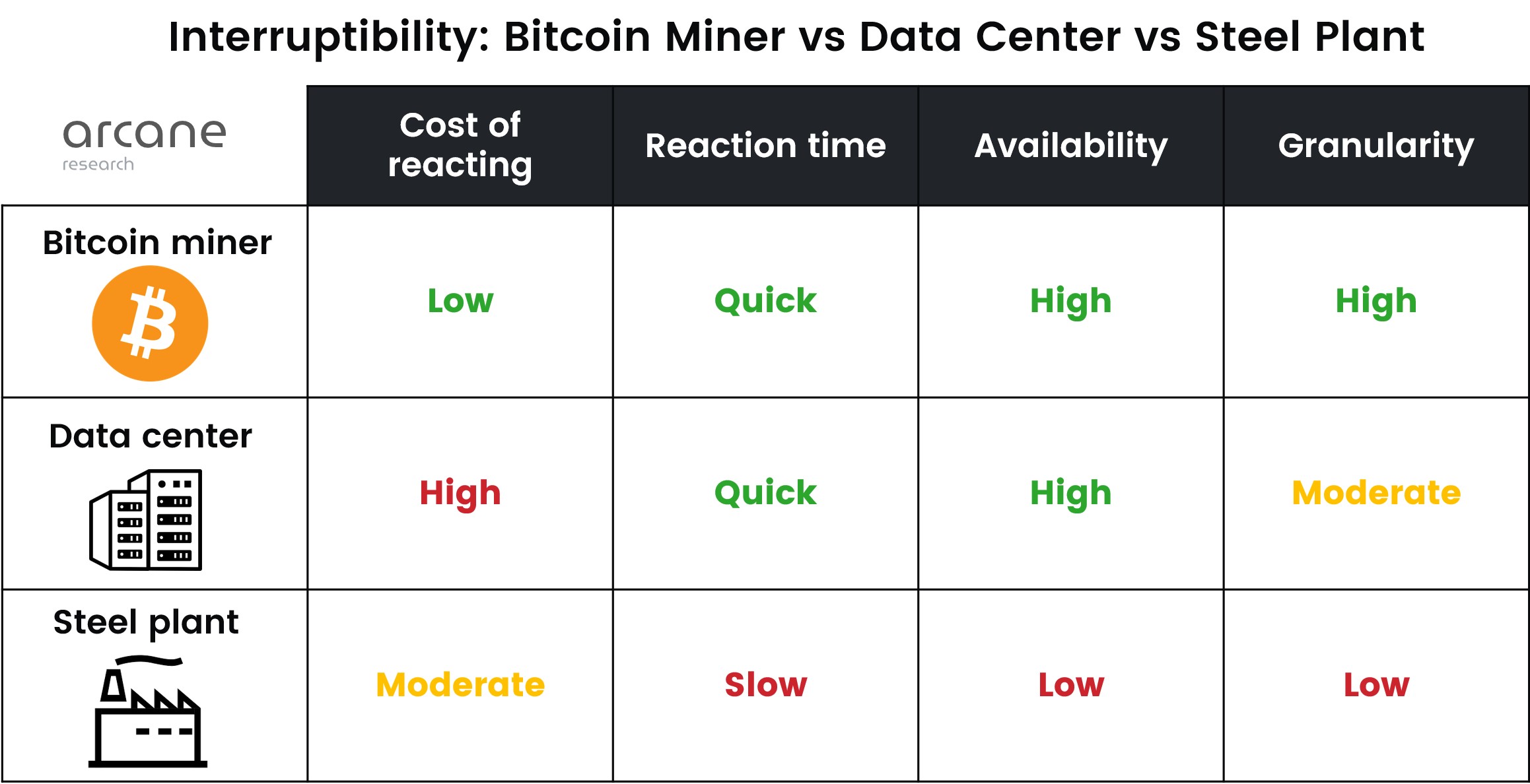Strengthening electricity grids with bitcoin mining
The supply and demand in electricity systems must always be balanced since even a slight mismatch can affect the system's reliability. Historically, a fossil fuel-powered supply-side has provided the bulk of the necessary flexibility by adjusting power generation after the expected demand.One of today's biggest energy challenges is replacing electricity grids' lost flexibility caused by the increasing share of non-controllable energy sources like wind and solar. In IEA's sustainable development scenario, the percentage of wind and solar in global electricity generation will increase from 11% in 2020 to 42% in 2040.
Preview

Preview
Improving the economics of renewable energy with bitcoin mining
The growing share of wind and solar will lead to more wasted energy due to the variable nature of renewable energy production. Energy waste is an economic challenge that, if left unmitigated, can threaten the economics of renewable energy and thus limit its growth.
Preview
Mitigating natural gas flaring with bitcoin mining
Natural gas is produced as a byproduct of oil drilling. Harnessing this gas for consumption is not always economically viable for oil producers. In these cases, the oil producer ends up burning the gas on-site in a process called flaring. Gas flaring creates emissions without deriving any utility. In addition, the flaring process releases higher amounts of the potent greenhouse gas methane than burning the gas inside the controlled environment of an electrical generator.Bitcoin mining has emerged as the superior technology for reducing natural gas flaring. The location agnosticism, modularity, and portability of the bitcoin mining process make it possible to place a bitcoin mining operation directly at the oil well to offtake the excess natural gas and mitigate flaring.We have seen massive growth in oil field bitcoin mining over the past few years. The growth has been concentrated in the United States and Canada, but we have also seen projects in other regions where flaring is a big problem, like Russia and the Middle East.Both economic and environmental forces drive the growth of oil field bitcoin mining. Gas flaring wastes an economic resource that the oil producer could have sold to generate income. By mining bitcoin, either by themselves or through a third party, the oil producer can earn some money off the gas instead of letting it go to waste.While economic incentives are important, the biggest driving force is the opportunity to reduce emissions. Numbers show that mitigating gas flaring by mining bitcoin is by far the most cost-efficient way of reducing emissions. Per $1,000 investment, a bitcoin mining system reduces emissions of 6.32 tons of CO2 equivalents per year, compared to 1.3 for wind and 0.98 for solar.
Preview
Repurposing waste heat from bitcoin mining
Providing heating for homes, industries, and other applications is the world's largest energy end-use, accounting for almost half of global final energy consumption in 2021.Unsurprisingly, heating is also the single largest source of greenhouse gas emissions, accounting for roughly 40% of the world's CO2 emissions and 30% of CO2 equivalent emissions. Heat is a byproduct of bitcoin mining, and miners are starting to see the potential in heat recovery. This growing focus is primarily driven by the opportunity of lowering costs as the industry becomes increasingly competitive, but the possibility of reducing carbon emissions is also a driving force. Unsurprisingly, most innovation in bitcoin mining heat recovery happens in colder areas like Canada and Scandinavia, where heat is more valuable than in hotter bitcoin mining hubs like Texas.Repurposing heat from bitcoin mining has three main advantages. First, the income from bitcoin mining subsidizes the cost of the electricity used to produce the heat. In addition to lowering heating costs, using bitcoin mining for district heating can reduce carbon emissions if the machines are powered by renewable electricity. Thirdly, repurposing the heat from bitcoin mining is essentially using the same energy twice. This offsets energy used by the bitcoin mining industry since it outcompetes other miners that are not repurposing their heat.
Preview
